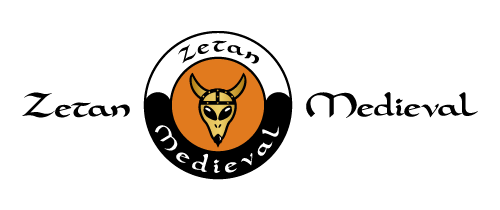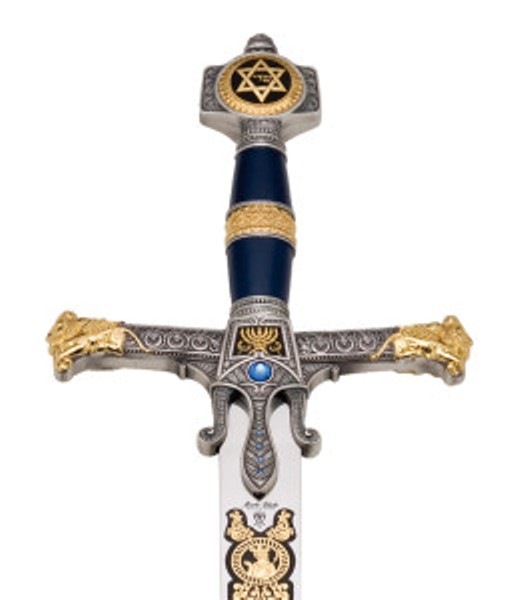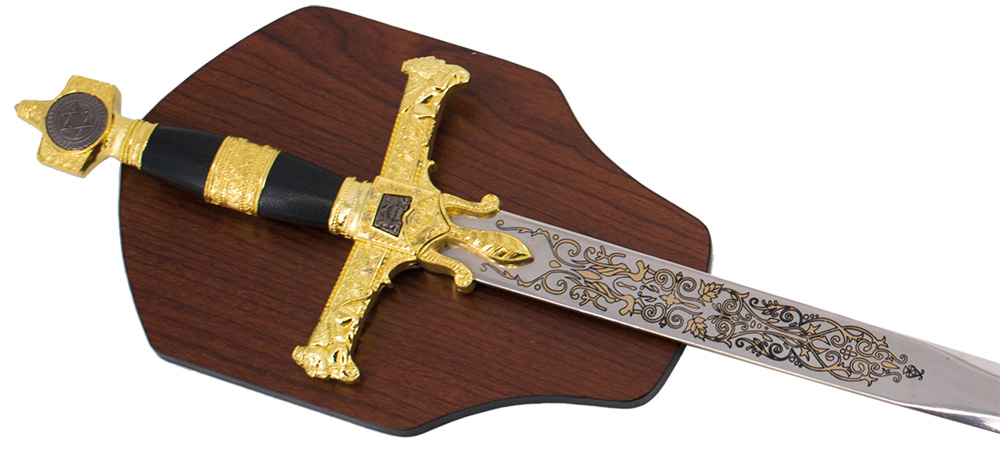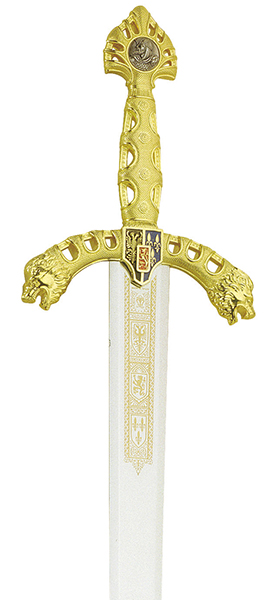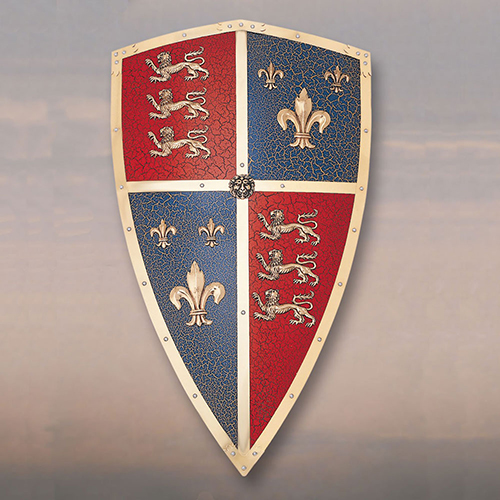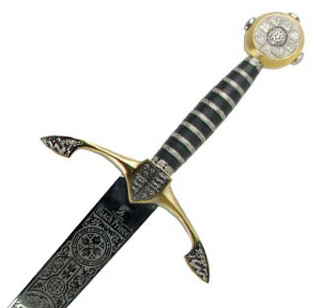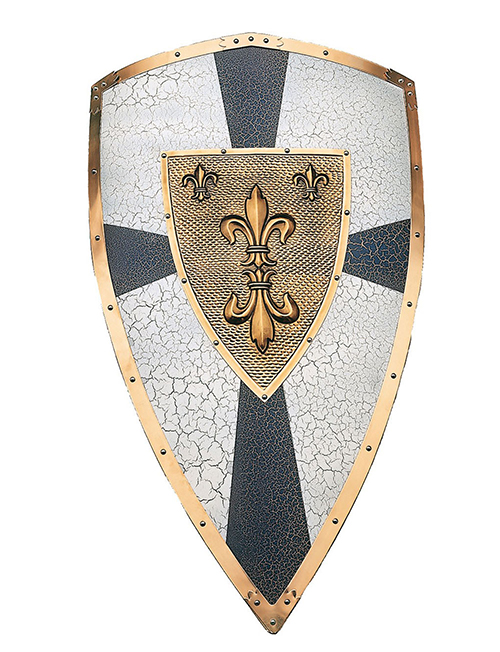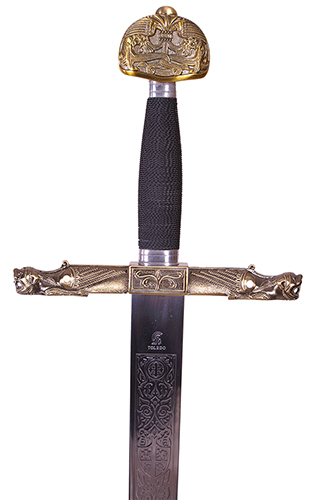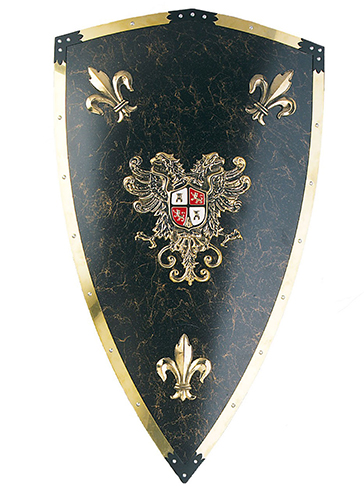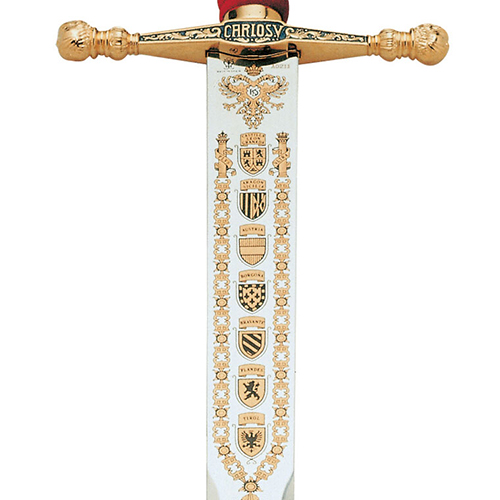Christopher Columbus was a navigator, cartographer, and expeditionary who discovered America on October 12, 1492, which was the first known encounter between European American cultures. He began the conquest of the recently conquered lands, and modified the behavioral habits of the Americans, imposing European customs. It opened a new shipping route from Europe to America. He died believing that this new route did not take him to a new continent but to the West Indies.
He was born in Genoa in 1451, although these data have always been questioned, and they are today, constituting a great mystery, especially since the publication of his biography by his son Hernando . He had 5 siblings and has always had a special inclination for the sea. He was a merchant taking his merchandise across the sea.
Researchers do not doubt its Genoese origin, based on documents in which Columbus himself declares himself to be from Genoa . Doubts arise from the fact that all his writings were in Spanish and not in Italian as would be logical . Others attribute Catalan origin to him, due to some Catalan expressions included in his writings. There are researchers who think that he was Galician, since in Pontevedra the surname Colón abounds a lot. And finally other studies lean towards his birth in Portugal.
From the age of 15 he became a sailor, getting to know all the trade routes of the Mediterranean. He settled in Lisbon for 10 years, until 1485, and continued sailing, which allowed him to discover other trade routes. During this period he learned cartography and drawing marine charts .
During his travels, he heard and believed the rumors that circulated at that time about the Earth being spherical and that other unknown lands existed in the west. So Columbus dared to appear before Juan II of Portugal himself, so that he financed a navigation plan to the West. But the project was rejected by the king.
At this time , Christopher Columbus married Felipa Moniz, whose family was well off financially. In 1480 the couple had their only son, named Diego. The fact that his wife's family had money is believed to have started his project of sailing to the West, to open new trade routes. His wife died a few years later, and Colón became romantically attached to Beatriz Enríquez. From this relationship a son was born, Hernando in 1488.
Contacts with Portuguese sailors and various cartographers increased his belief that there were unexplored lands sailing west. He had access to the letters and maps of Paolo Toscanelli, in which the feasibility of reaching India was affirmed.
Added to this is what Columbus was able to hear from his father-in-law and, relying on the letters and maps drawn up by Paolo dal Pozzo Toscanelli, addressed to King Alfonso V of Portugal, to which he had access and where the possibility of reaching India by heading west is exposed. This finally convinced him, in case he had any little doubt, that the Earth was a sphere, and he came to calculate the distance to the new lands. But his calculations were quite wrong. Hence his false certainty of having reached the Indies, when he had arrived on a new continent.
When the King of Portugal rejected his project, Columbus, who was a very tenacious person, decided to present his plan to the Catholic Monarchs of Spain. He made good relations with people close to the kings , and thanks to the queen's confessor, he managed to get the Royal Council to receive him in audience, in January 1486. Said Royal Council met another 2 times to discuss the issue, and after several years they denied him support for his project. In 1491 the queen, who, if she believed in Columbus's project, convened the Council again, and again her project did not see the approval of the councilors. This was a hard blow for Columbus and he decided to leave Spain, but at the last moment the friars Juan Pérez and Diego de Deza, as well as the aristocrat Luis de Santángel, managed to get King Ferdinand to support the project.
After the capitulations of Santa Fe, signed by the kings in 1492, in which Columbus expressed his economic and social conditions, navigation began, departing on August 3, 1492 from Palos de la Frontera, with 3 caravels, the Niña, the Pinta, and the Santa Maria. He was accompanied by the experienced sailors who were the Pinzón brothers, Martín and Vicente. They made a technical stopover in the Canary Islands. On October 12, 1492 Rodrigo de Triana shouted Earth! He called this island San Salvador. They also arrived in Cuba and Santo Domingo, called Juana and Hispaniola , respectively. In Santo Domingo, the Santa María was wrecked and its remains were used to build Fort Navidad.
Columbus's second voyage began on September 25, 1493 with 17 ships. They found Fort Navidad destroyed by the natives, so Columbus established the first city, La Isabela, where a group of soldiers stayed. He was also in Guadeloupe and Jamaica. On his return to Cádiz he was censured for mistreatment of his sailors.
On his third trip, he left Sanlúcar de Barrameda with 6 boats in 1498. He arrived at Trinidad Island and discovered the mouth of the Orinoco River. He continued with his expeditions, and also drew maps of the coasts of South America. The numerous complaints against Columbus forced the Catholic Monarchs to order Francisco de Bobadilla to arrest Columbus and his brother Bartolomé, and to bring them back to Spain. Humiliated and handcuffed, he returned to the port of Cádiz, but was not in jail for more than a few days.
Columbus's fourth and last voyage was undertaken in April 1502, with the aim of finding a supposed strait that would lead them to Asia . In his journey he was in Honduras, Costa Rica and Panama. He returned to Spain in 1504 in great misery and sick with gout. There is no doubt about the total failure of this last trip of Columbus to America.
Christopher Columbus died in Valladolid on May 20, 1506 , and his remains now rest in the Monastery of La Cartuja, in Seville.
Américo Vespucci, a native of Florence, produced a cartographic book in which he demonstrated that Columbus had discovered a new continent unknown until then. Precisely because of this Florentine, America is called America
The discoveries of Christopher Columbus, apart from uniting two unrelated worlds, opened the door to conquests and, therefore, to the creation of empires, especially the Spanish and Portuguese ones. However, recognizing Columbus as an extraordinary navigator, some believe that he was not the first European to reach America, but no one takes away from him the great merit of being the first to create a route between Europe and America.

